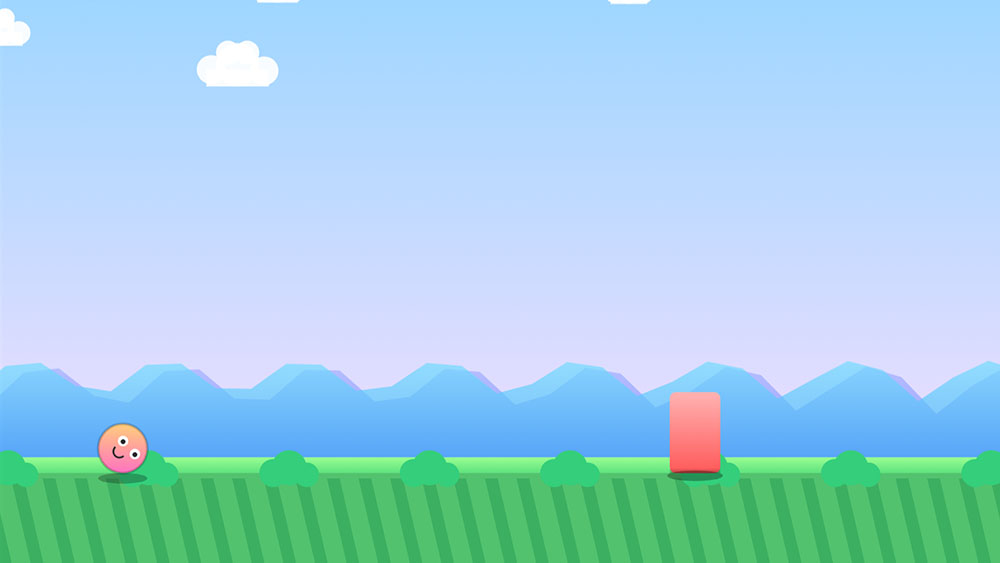
Like it our loathe it, there's no denying that generative AI is having an impact on the creative sectors. OpenAI's ChatGPT bot, including its DALL-E image generator, has been one of the big contributors to that. Now, less than three years after its initial release, another upgrade is available.
GPT-5 introduces a more customisable interface that allows users to choose colours and even the bot's personality (presets include 'Cynic', 'Nerd' and 'Listener'). There's a new “Advanced Voice” system that's supposed to adapt to tone, and OpenAI reckons the model itself provides stronger reasoning and enhanced accuracy and safety. But what does the change mean for creatives?
Although some users claim to have noticed an improvement in image generation, OpenAI doesn't say it's made any change to the image generator with this update, so it's presumably still running GPT-4. That said, GPT-5 is said to have better visual perception, which could mean an improved understanding of reference images.
The main changes come for creatives that use GPT as an assistant for brainstorming ideas, finding answers to problems or generating prototypes for UI and web design. The headline change is 'thinking built in'.
The new model works through a problem step-by-step before giving its answer – basically, it shows its working, like you were taught to do at school. This can help you check the logic behind its answers and maybe learn something of interest. It could also help spark alternative ideas, for example if you're asking GPT for ideas for a creative campaign or how to approach a certain audience.

OpenAI is putting a lot of emphasis on GPT-5's vibe coding abilities, which it's demonstrated by showing that the bot can now generate apps or a simple platform video game from a text prompt by specifiying things like features, UI design and art style.
For the video game above, the prompt asked for a game about a rolling ball with increasing speed, high score tracking, a retry button, colorful UI and parallax scrolling backgrounds.
OpenAI says the new model can "create beautiful and responsive websites, apps, and games with an eye for aesthetic sensibility in just one prompt, intuitively and tastefully turning ideas into reality". Early testers like Pietro Schirano of Magic Path AI (in the video below) have found that results show a better understanding of things like spacing, typography and white space.
Interestingly, OpenAI says GPT-5 is 'more honest' than its predecessors, which should help avoid it giving inaccurate answers. A big problem with AI models has been their tendency to lie rather than admit that they don't know the answer. That's because in their training they're rewarded for giving answers. Supposedly, GPT-5 will more accurately recognise when it can't complete a task and will communicate its limits more clearly, leading to a lower 'deception rate'.
GPT-5 is available now in ChatGPT for users, including those on the free tier – there's a usage cap after which users will have to use GPT-5 Mini. For developers, there are three versions, GPT-5, GPT-5 Mini, and GPT-5 Nano, with different speeds and costs.
For more of the week's gen AI news, see Google's Gemini AI Storybook generator and the news about Disney's AI setbacks.







